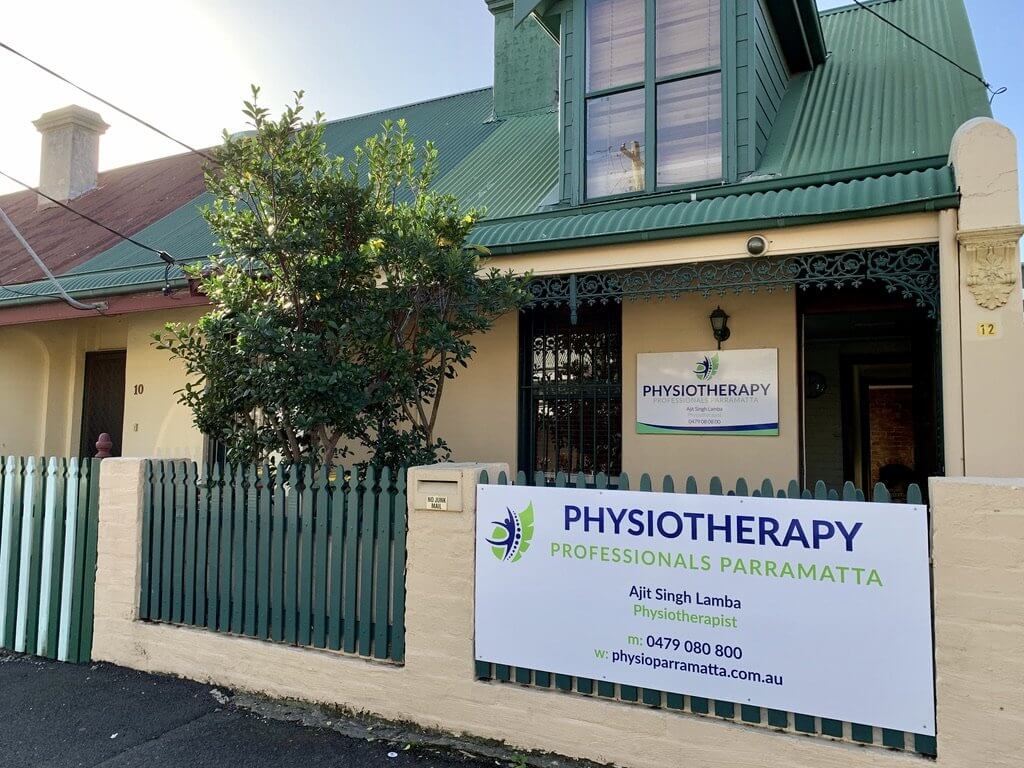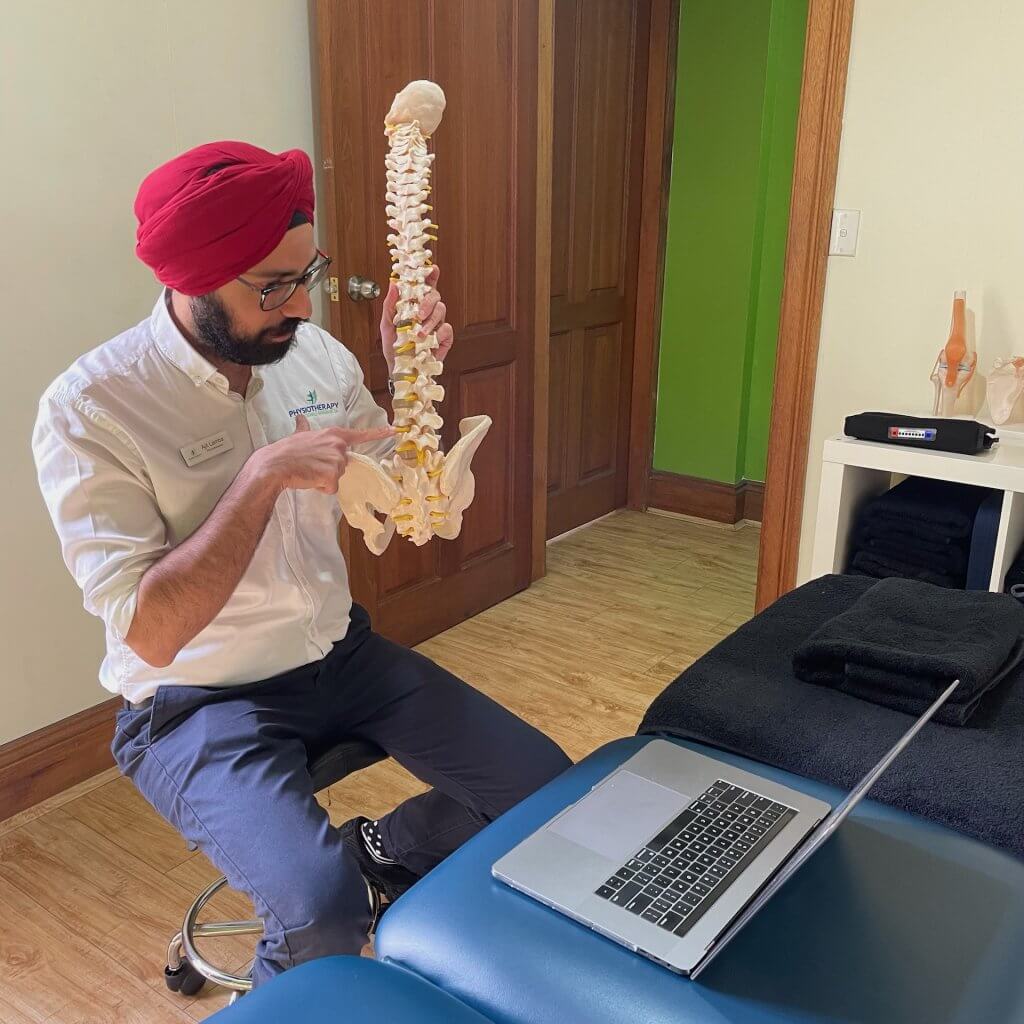Best Posture When Working From Home

Best Posture When Working From Home
We’ve always hear from our parents (especially grand parents!) and teachers to sit correctly. Even now that we are adults and working at home or in an office, we can even read this many times that it is essential to have a correct sitting posture. But, sometimes, we are unaware of it. Often we experienced low back due to poor sitting posture or sitting prolonged or sitting on incorrect surfaces or chairs.
Good sitting posture is essential for a person to sit comfortably and stay healthy. Poor sitting posture is the cause of most health problems like back pain and even poor digestion. Poor sitting posture often results in strain and inflammation of the muscles which leads to further problems. Proper sitting also facilitates adequate blood circulation and improves overall health.
What is a good sitting posture?
A good sitting posture must allow the spine to keep its natural curvature. While the legs are in their proper position, the back must have a natural inward curve or lordosis, and the head must keep its natural inward curve. And, most importantly, the body must remain relaxed.

Good sitting posture has an overall impact on the spine and general health.
The spine supports the weight of the upper body through its numerous joints, muscles, and ligaments. Poor posture not only affects the way the spine looks, but it can cause problems with the way we move. One of the first areas where poor posture begins to affect the spine is the lumbar spine (Lower back). This part of the spine comprises five lumbar vertebrae that meet at the bottom of the back / pelvis region. The sacrum supports the lower back, and it helps to maintain the proper balance between the weight of the upper body and the lower body.
Another area of the spine is the thoracic spine. This part of the spine is made up of twelve vertebrae and sits in the middle protecting all our organs and allowing space for the ribs to attach. Poor posture affects all parts of the body, not just the back. Having stiffness in the middle back stops us from being able to expand our lungs. Which in turn affects how much oxygen we can get into the system. It is essential to learn how to sit correctly and avoid a bad back from developing.
The third area of the spine where poor sitting posture affects is the cervical spine. This is your neck. Some of the symptoms associated with poor posture include headaches, neck pain, and shoulder pain. Compression of the joints and nerves in the neck can lead to referred pain.
One of the essential functions of the cervical spine is to support the head. When a person has poor sitting posture, it affects your neck. It can lead to pain, inability to breathe correctly, and fatigue.
Back pain can arise due to various reasons, including improper sitting technique. Slouching while sitting causes problems with the posture of the spine, pelvis, and hips. People who sit for long hours in front of the computer face problems with their spinal alignment. Such people should learn proper sitting posture techniques.
How do you deal with sitting at a computer all day?
Right now, some of you might be working from home more than 8 hours a day. This is a lot more than the time you would spend in an office environment. Sitting in front of your computer., followed by sitting to eat dinner or to watch a movie. Someimtes, we can’t avoid slouching or having a poor sitting position. But, remember, it does affect our health, so it is essential that we sit correctly to avoid posture-related conditions.
Ergonomic Setup Tips:
- Keep the top of your monitor at eye level and slightly tilted. Arms length away
- Your arms relaxed at sides, upper and lower arms making a 90-degree angle. Also, wrists should be straight and fingers relaxed.
- You can also add some wrist pads to bring more comfort.
- Your lower legs at a 90-degree angle to the ground
- Place your hips as far back on the chair as possible.
- The feet should be parallel to the floor or resting on a footrest.
- Have a straight upper back, shoulders relaxed at sides.
- Your chair’s backrest supports the curvature in the lower back.
- Get an ergonomic chair that an adjustable height.
Also, you can do the following:
- Remember to take a break every 30 minutes.
- Get up and move around.
- Customize your workspaces for more comfort
- Use a standing desk to alternate between sitting and standing
- Try an ergonomic mouse and keyboard or more comfort
- Use a hands free device for long calls
- Keep your most essential things near you and highly reachable.
Contact Us:
Do you need assistance with your work injury claim? Experienced Physiotherapists with essential knowledge. You can call us anytime to have a confidential discussion with our expert Physiotherapists. For more information on how we can further assist you, please call our clinic number on 0479 080 800 or send us an email on [email protected] for further details. Our Physiotherapists are Medicare, NDIS, DVA and Work Cover approved, specialising in injury management and rehabilitation to get you back on track.

Daniel Stone – Physiotherapist in Parramatta
